Never Plant These Invasive Shrubs (and What to Grow Instead!)
Updated: Apr. 23, 2024
Find out which invasive shrubs you should avoid planting in your landscape and alternative native shrubs to replace them with.
Our editors and experts handpick every product we feature. We may earn a commission from your purchases.
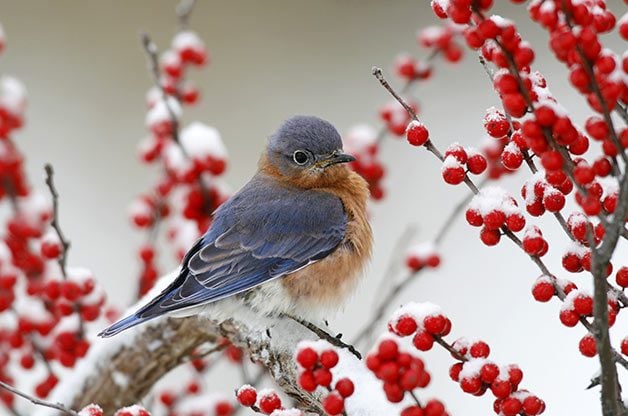
Exotic invasive shrubs pose a threat to natural areas. The qualities that make them attractive and low maintenance also allow them to survive and spread when they jump the garden fence into the woods and fields. Once there, they outcompete native plants that are vital to the survival of wildlife.
Removing any invasive shrubs already in your yard can be easier said than done. Some are still commonly sold at garden centers and have design value in the landscape. And some even offer food for birds or butterflies, so it might seem counterintuitive to eliminate them. Remember, though, that even if some wildlife benefit from these shrubs, they can destroy habitat for many other species. In the big picture, native plants provide the best wildlife habitat.
Luckily, there are great native alternatives to invasive shrubs that can play the same role in the landscape.
Psst—check out the worst invasive plants for your yard. And here’s how to remove invasive plant species for good!
Invasive Shrubs: Butterfly Bush
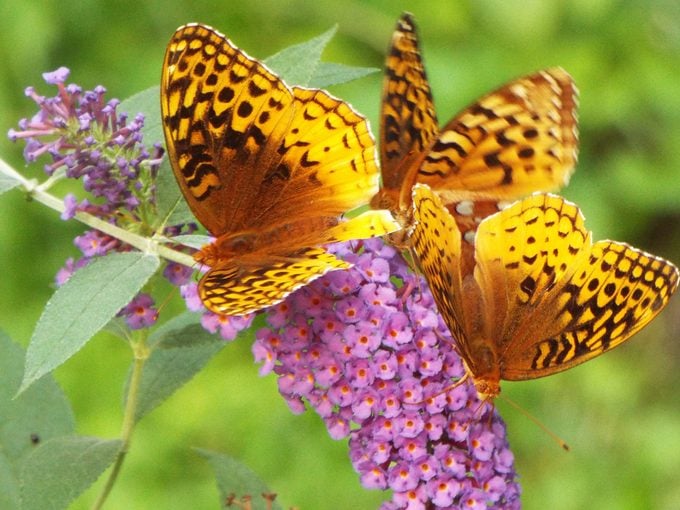
Renowned for its ability to attract butterflies, butterfly bush has become invasive in the Pacific Northwest and much of the East. If you want to grow this plant, look for sterile, seedless cultivars like Blue Chip.
Butterfly Bush Alternatives
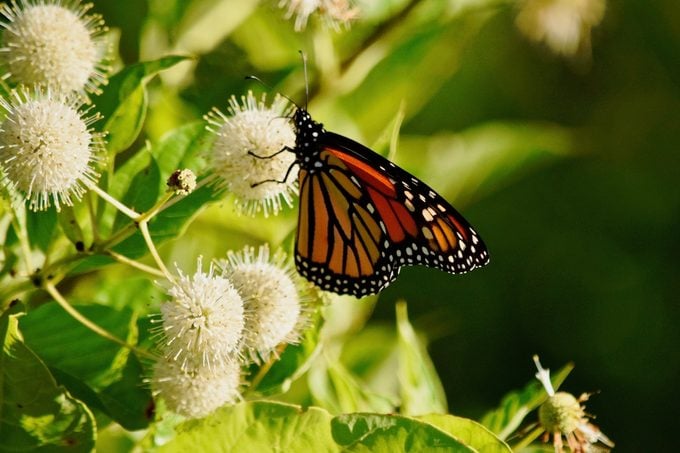
Buttonbush, New Jersey tea, summersweet and elderberry are excellent shrub alternatives for the East; all are irresistible to butterflies. Elderberry works in the West, too, along with western spirea, California lilac, blackbrush and other ceanothus species. And unlike butterfly bush, which doesn’t support caterpillars, many of these shrubs are also caterpillar host plants.
Is an Amur maple shrub invasive? Here’s what you should know.
Invasive Shrubs: Burning Bush
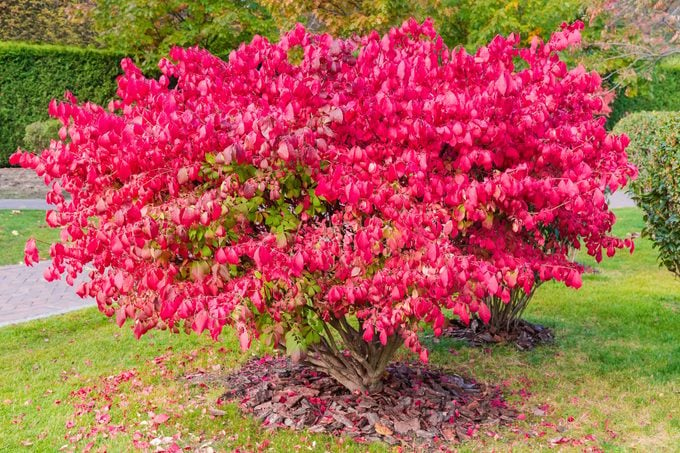
This ubiquitous shrub is popular for its deep red fall foliage, but it’s a woodland invasive in the East, Midwest and South.
Burning Bush Alternatives
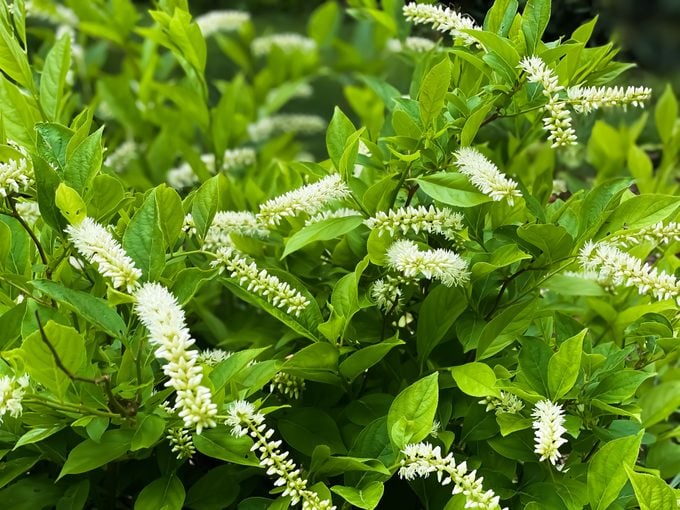
Native shrubs that provide an equally stunning scarlet display include sweetspire, blueberry, and fothergilla. These vibrant alternatives also offer nectar to pollinators, berries for birds or even both.
Check out the top 10 summer flowering shrubs for full sun.
Invasive Shrubs: Japanese Barberry and Pyracantha
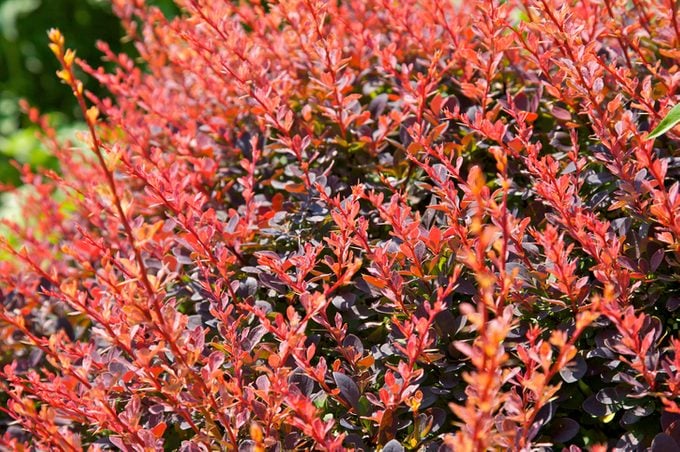
These invasive shrubs feature bright red or orange berries. Birds eat them and spread the seeds beyond the garden, where they germinate and dominate. Barberry is invasive in the Northeast, the Great Lakes area and parts of the Northwest, while pyracantha is a problem in California, Texas and parts of the Deep South.
Barberry and Pyracantha Alternatives
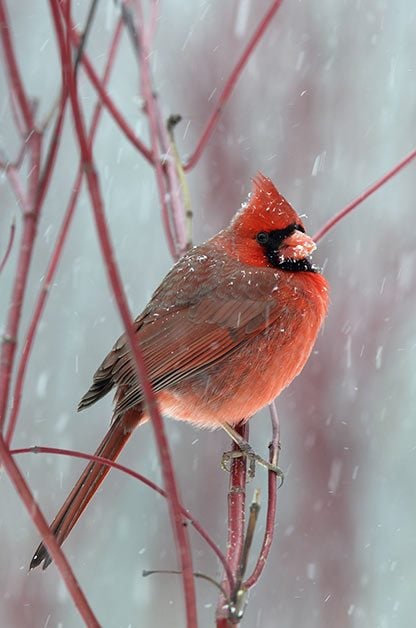
Many native berry-producing shrubs are better choices, including dogwoods, winterberry holly, elderberry, chokeberry, native viburnums, blueberry, bayberry, wax myrtle, Oregon grape and manzanita. Spicebush has red berries and is also unpalatable to deer, just like these two invasives.
Grow native ornamental grasses for birds and butterflies.
Other Invasive Shrubs to Avoid
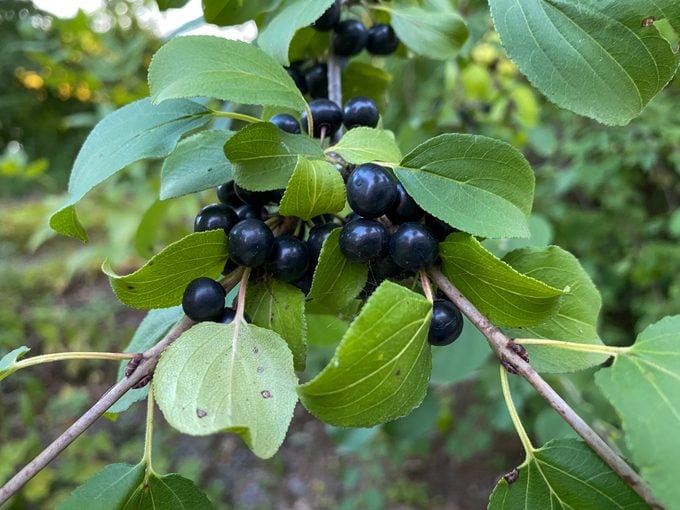
You might have invasive shrubs on your property that aren’t sold in nurseries and that you didn’t deliberately plant. With these long-established invasives, it’s important to put something in their place after removal so that the invasive plant doesn’t come right back. Multiflora rose, Russian or autumn olive, Himalayan blackberry, buckthorn, and privet or bush honeysuckle should all be removed and replaced.
Native Shrub Alternatives
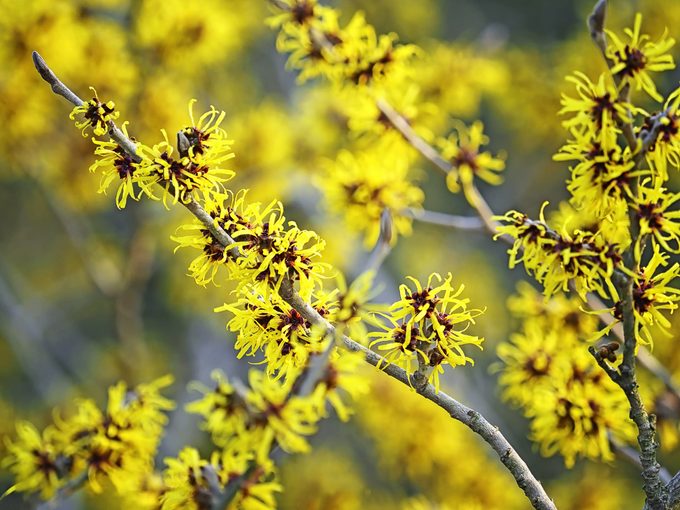
Witch hazel, Carolina rose, highbush blueberry, and hawthorn are all good alternatives. Try any combination of native plants that suits the landscape and offers benefits for wildlife.
Next, check out 15 trees you should never grow in your yard.




















